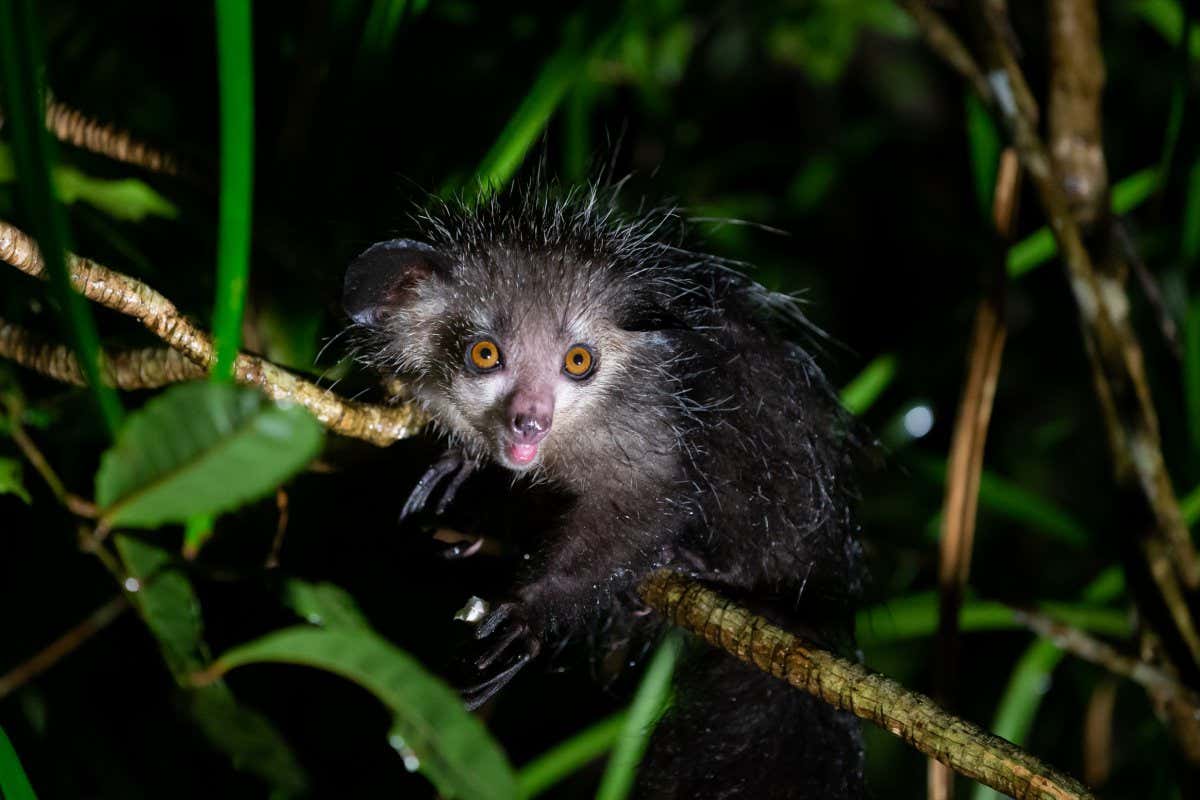Saving Aye-ayes and Possums: A Priority for Conservation Efforts
The plight of unique and often misunderstood creatures like aye-ayes and possums highlights a critical need for increased conservation efforts. These fascinating animals, facing numerous threats, require immediate attention to ensure their survival. This article delves into the challenges they face and explores the crucial steps needed to protect these remarkable species.
The Perilous Situation of Aye-ayes
The aye-aye (Daubentonia madagascariensis), a lemur native to Madagascar, is a truly unique creature. Its large, ever-growing incisors, bat-like ears, and long, thin middle finger used for foraging, make it instantly recognizable. However, this distinctiveness, combined with superstitious beliefs associating it with bad luck or death, has led to widespread persecution. Habitat loss due to deforestation further exacerbates the threat, pushing this already vulnerable species closer to the brink.
- Key Threats to Aye-ayes:
- Habitat destruction: Deforestation for agriculture and logging is the biggest threat.
- Superstitious beliefs: Local communities often kill aye-ayes due to unfounded superstitions.
- Limited distribution: Their restricted range in Madagascar makes them particularly vulnerable.
- Lack of awareness: Many people are unaware of the importance of aye-ayes and their ecological role.
The Diverse World of Possums: Facing Multiple Challenges
Possums, a diverse group of marsupials found primarily in the Americas and Australia, face a range of threats depending on their species and location. While some possum species are relatively common, others are facing severe population decline due to:
- Key Threats to Possums:
- Habitat loss and fragmentation: Urbanization and agricultural expansion are destroying their natural habitats.
- Road mortality: Many possums are killed by vehicles.
- Predation by introduced species: Cats and foxes, introduced to many areas, prey on possums.
- Disease: Certain diseases can severely impact possum populations.
- Climate change: Shifting climates are altering their habitats and food sources.
Conservation Strategies: A Multifaceted Approach
Saving aye-ayes and possums requires a multi-pronged approach involving:
- Habitat preservation and restoration: Protecting existing forests and restoring degraded habitats is crucial. This includes establishing protected areas and implementing sustainable forestry practices.
- Community engagement: Educating local communities about the importance of these animals and dispelling harmful superstitions is essential. This can be achieved through awareness campaigns and community-based conservation projects.
- Research and monitoring: Continued research into aye-aye and possum ecology and population dynamics is vital for informed conservation strategies. This includes tracking populations, understanding their behaviour and threats, and developing effective management plans.
- Anti-poaching efforts: Combating illegal hunting and trade of these animals is crucial for their survival. This requires strengthening law enforcement and raising public awareness.
- Captive breeding programs: For highly endangered species, captive breeding programs can play a vital role in boosting populations. However, this should be considered a supplementary measure to habitat protection.
Call to Action: Protecting Our Unique Wildlife
The conservation of aye-ayes and possums is not just about protecting individual species; it's about preserving biodiversity and the intricate web of life. By supporting conservation organizations, advocating for stronger environmental policies, and promoting responsible tourism, we can contribute to their survival and ensure these fascinating creatures continue to thrive for generations to come. Learn more about how you can get involved by visiting or . Every action counts in safeguarding these unique and vital parts of our planet's ecosystem.

